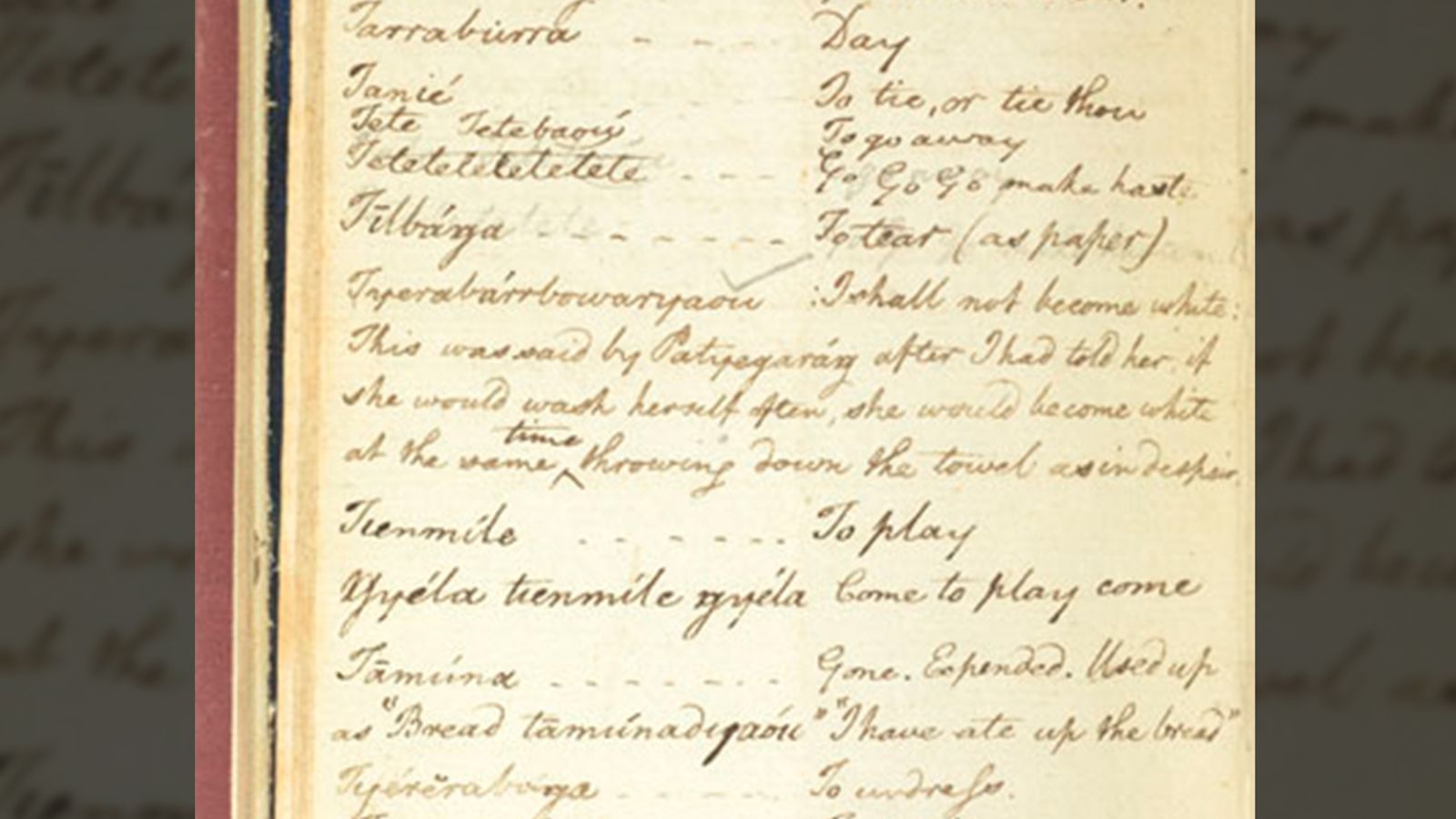
Book 2, page 19, The notebooks of William Dawes on the Aboriginal Language of Sydney (williamdawes.org).
Let's take a deeper look into the final section of Proclamtion from Patyegarang ...
The scene 'Proclamation', from Patyegarang, concludes with a duet. The bodies of the two dancers, pictured below, are painted entirely from head to foot. The male dancer (Michael Smith) is painted white and the female dancer (Tara Gower) is painted black.
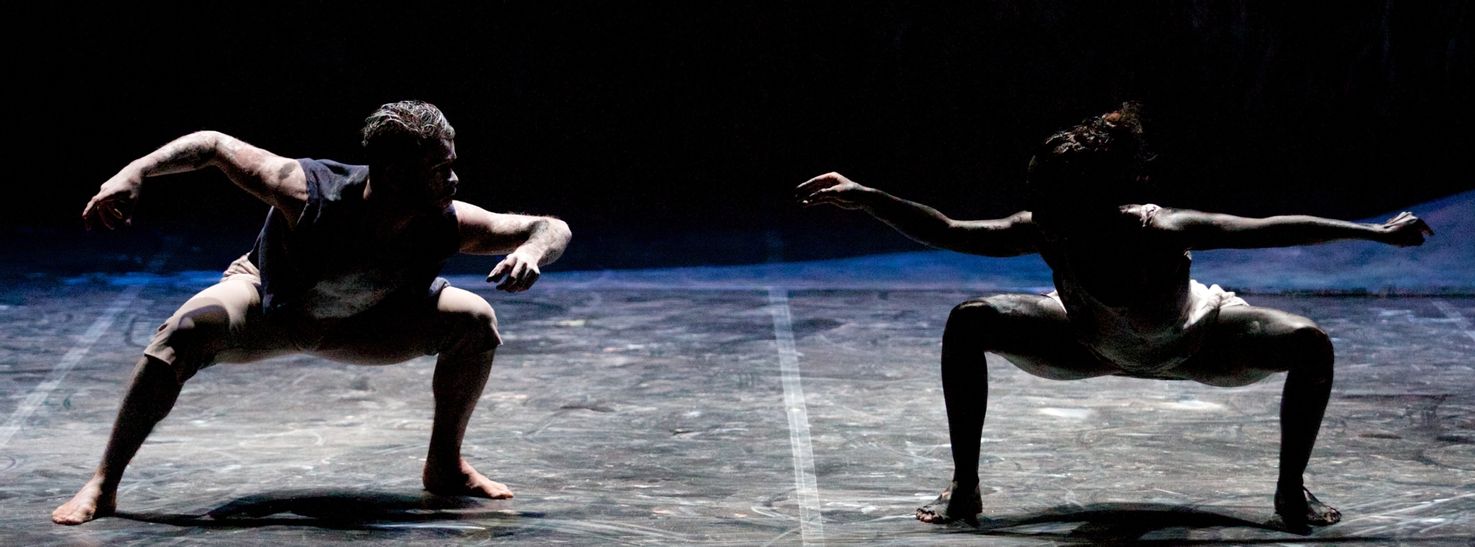
This section of Patyegarang was inspired by an entry from the notebooks of William Dawes, where he records a conversation with Patyegarang suggesting (possibly in jest) that "if she would wash herself often she would become white". Patyegarang’s responded with the single word "Tyerabárrbowaryaou (I shall not become white), throwing down her towel as in despair".
In 'Proclamation', composer David Page uses Patyegarang's response word ‘Tyerabárrbowaryaou’, as well as the English translation ‘I shall not become white’ within the music and also weaves in phrases from the well-known folk song from the late 1800s, Botany Bay. The lyrics "I shall not become white" are mixed subtly into the music and underscore the action of the two dancers being scrubbed of their body paint to reveal their actual skin tone. This act of changing skin colour is rich in the symbolism of past and current racial preconceptions and the importance of cultural identity. The scene is a statement of resilience and the depth of cultural belonging, as the two dancers endure the washing, remaining strong yet quietly resistant.
Listen to the word Tyerabárrbowaryaou: I Shall Not Become White
The dancer's grounded movement calls the spirit of land and people.



The dancers are moved by the beat of culture and kinship that resides deep within.


What does this act of scrubbing and stripping away question?

Social and racial classifications of black and white, and issues of cultural cast and identification have been the scene of tension and conflict since the times of First Contact. Dawes' interaction with Patyegarang was not the first time the idea of 'washing away one's blackness' would be expressed - nor would it be the last. In 1770, when Sir Joseph Banks first stepped ashore from Captain James Cook's ship the Endeavour, on what was then known as New Holland, he approached an Aboriginal person, and spitting on his own finger he attempted to see if he could rub the blackness off. Banks described the people of New Holland as being "enormously black" (McKenna, From The Edge, The Miegunyah Press, 2016, xii-xiii).
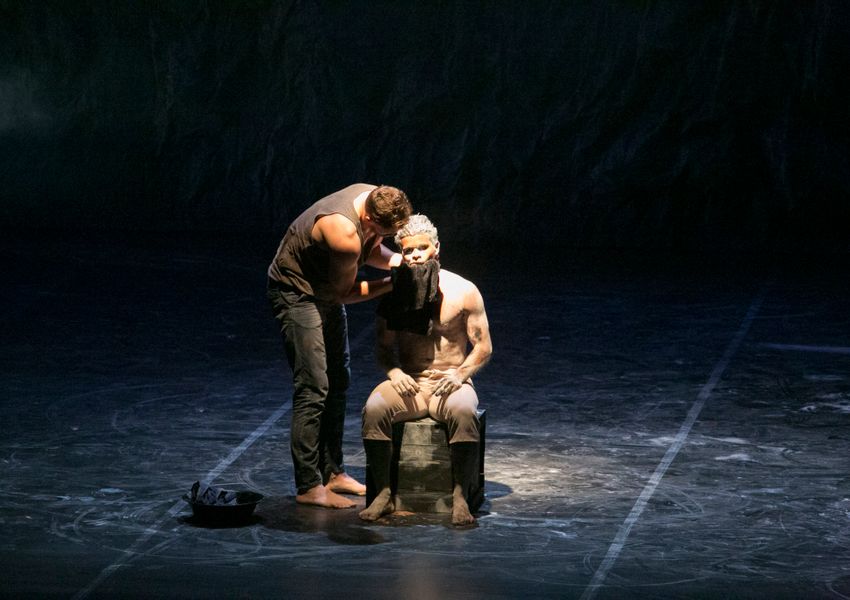
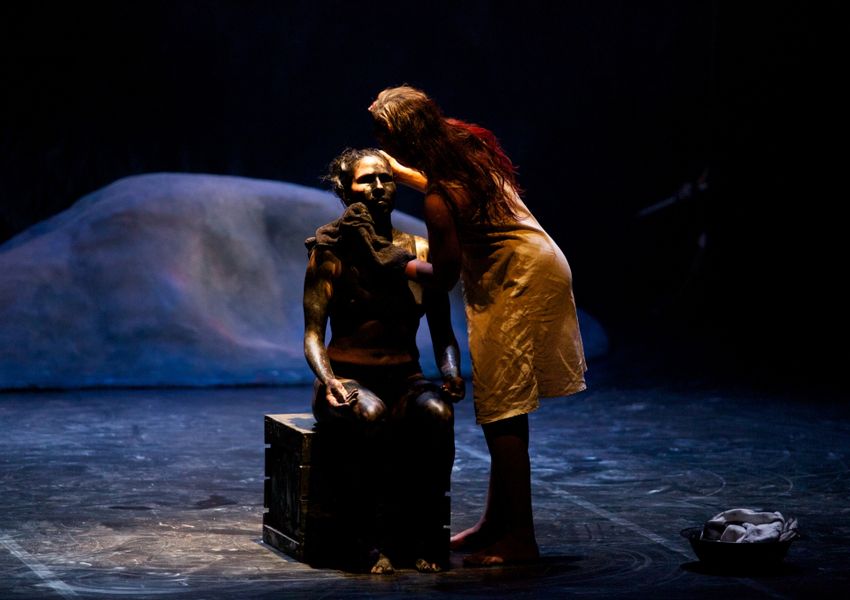
How is culture affected by assimilation policies and how can it survive the subjugation that accompanies such policies? Is culture more than skin deep? Will cultural knowledge, language and spirituality lie quietly waiting to call across the landscape and reclaim its Place?
Australia is a vast country with hundreds of Indigenous Nations. The last two centuries of migrant settlement in Australia has impacted these different nations in a variety of ways. Today, there are many people who identify as being Aboriginal and/or Torres Strait Islander, and have 'fair' skin. Anita Heiss' autobiographical book "Am I Black Enough For You?" and Renee Fogorty's book 'Fair Skin Black Fella' discuss the realities of our ever-evolving 21st Century Indigenous people and cultures, highlighting the diversity within today's Indigenous communities.
This final section of 'Proclamation' heralds the voice of today.
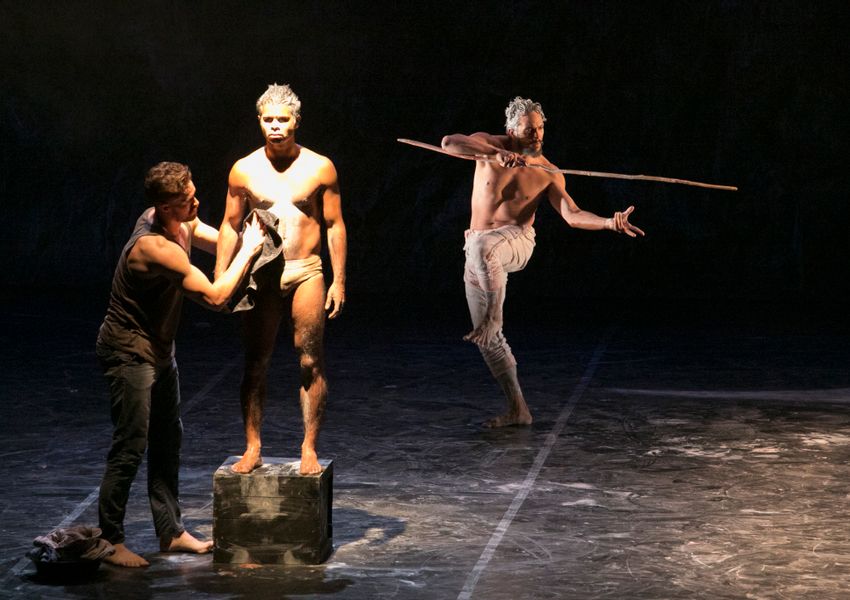

Regardless of how we are pushed to assimilate into new protocols and cultural tenets, we continue to endure, resilient with the deep knowing that culture lives inside us and is passed on through us - and is our strength.
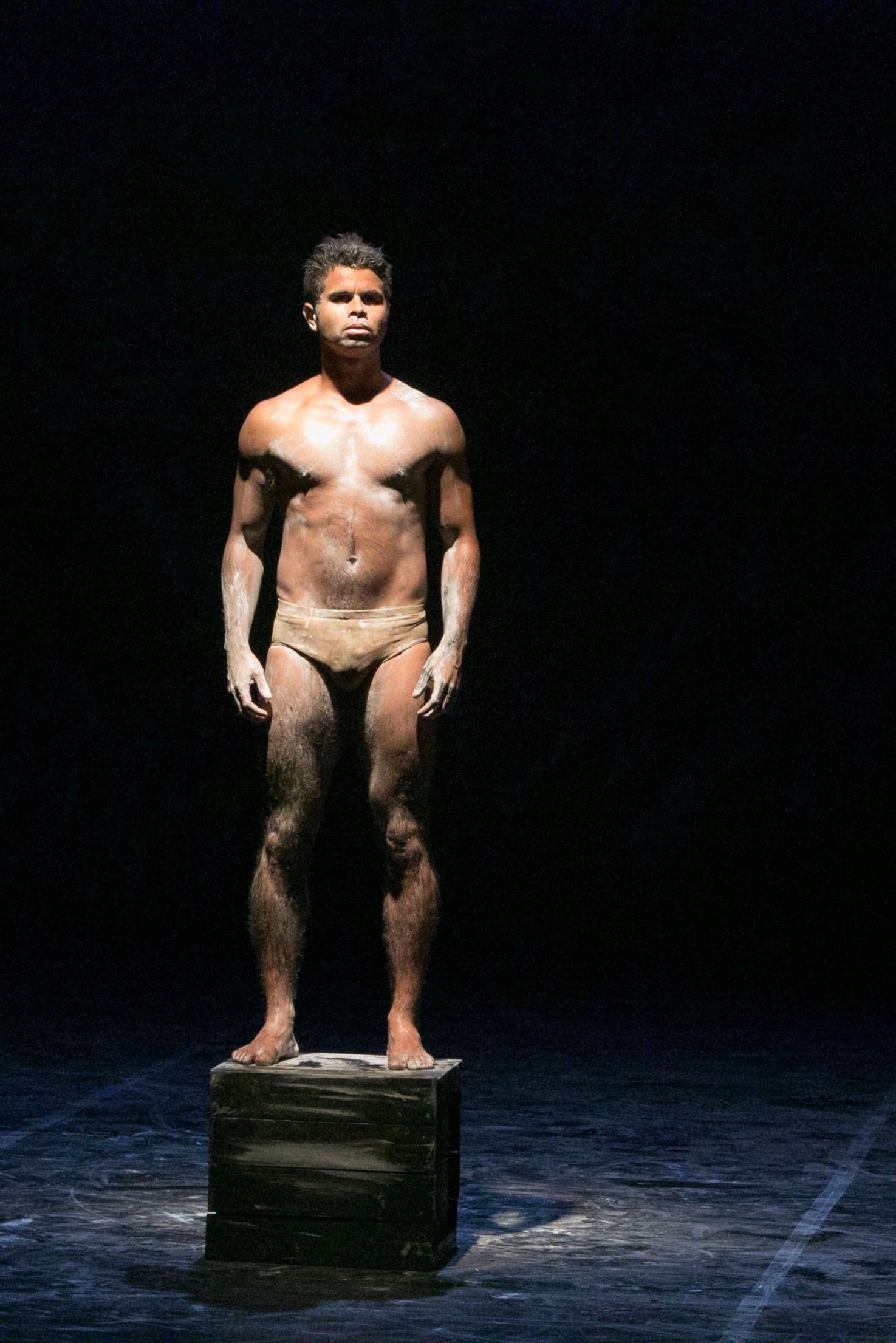
Article by Yolande Brown
-
Music
David Page (dec.)
-
Dancer Artists
Tara Gower
Michael Smith
Jasmin Sheppard
Thomas Greenfield
-
Music
-
Author
Yolande Brown